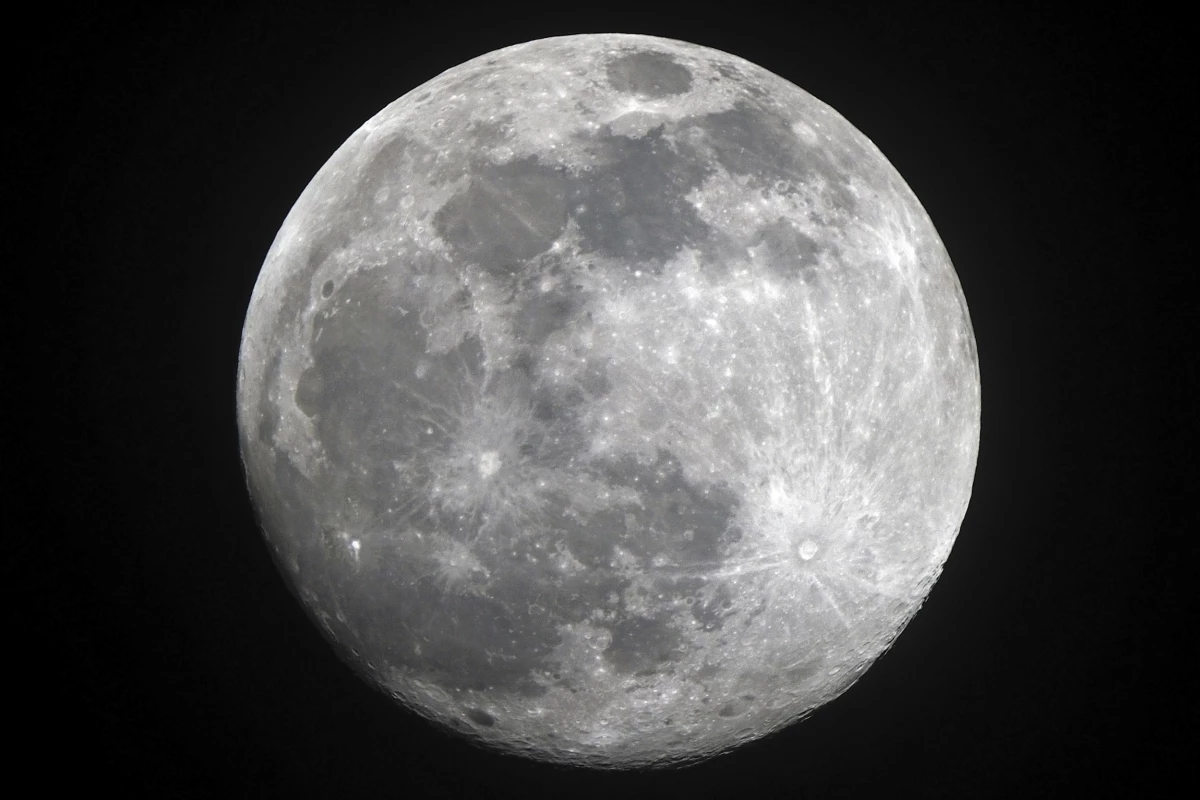The International Lunar Observatory Association (ILOA) is being backed by Google Lunar X Prize contestant Moon Express in placing a small telescope on the Moon's surface to test and troubleshoot operating protocols for a fully loaded remote telescope. Last week, the ILO-X, the first ILOA telescope that will be sent to the Moon, was remotely tested by ILOA and Moon Express on the summit of Mauna Kea, and passed with flying colors. Later ILOA/Moon Express missions will include landing considerably larger telescopes at strategic locations on the lunar surface.
US businessman and educator Steve Durst is founder and current director of ILOA, and has been editor and publisher at Space Age Publishing Company since its founding in 1976. One of the primary goals of ILOA is to operate an astronomical observatory that would take pristine images of the stars and Earth, free of any atmospheric turbulence or dimming. The telescope would broadcast its images back home to support the worldwide Galaxy Forum 21st Century Education program.
Moon Express, led by Dr Robert Richards, co-founder of the Singularity University, is one of a field of entrants competing for the Google Lunar X PRIZE (GLXP). Briefly, the GLXP requires the participants to successfully land a lunar rover on the surface, drive it a minimum of 500 meters (about a third of a mile), and send back high definition video and imagery. Moon Express intends to land this first lunar lander near the Moon's equator.
Moon Express is planning to send its first robotic lander to the Moon in late 2014. It will be launched atop either SpaceX's Falcon 9 rocket or another commercial launch vehicle. It intends to fly ILOA's shoebox-sized test telescope, called ILO-X, as part of its GLXP entry. There are additional prizes available which might be won by an educational lunar telescope, such US$1 million prize for the entry which adds the most to diversity within space studies.
The ILO-X telescope, while it integrates extremely high-quality all-reflective optics, digital imager, and remote controlled mount, weighs about 2 kg (4.4 lb) and is only about 8–9 cm (about 3.5 in) in aperture. The lunar environment does offer special features—most importantly that the extreme light absorption of Earth's atmosphere in the 5–8 micron wavelength "water hole" is entirely unobstructed for observation. However, rather than acting as a research telescope, the ILO-X is intended to serve as a testing ground for Earth-Moon-Earth communications and remote control of a miniature instrumented telescope, and to take inspiring astrophotos of our universe as seen from the lunar surface.
The primary mission for the ILOA is "The Primary Goal of the ILO Mission is to Expand Human Understanding of the Cosmos Through Observation from Our Moon." It will be exciting to follow their efforts to make it happen.
Source: ILOA, via Parabolic Arc




